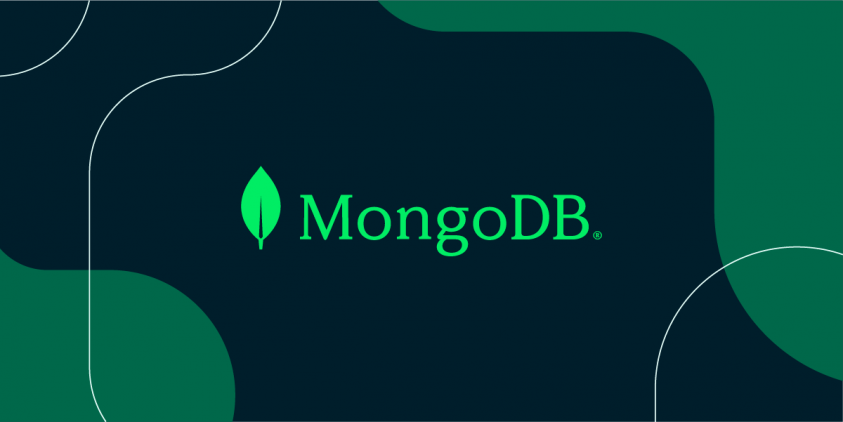
MongoDB lifts the development to the door of Magic:
MongoDB launched in 2007 and became popular within a few years. Let’s discuss that how MongoDB evolves the development through its features and performance. Previously, MySQL was used widely by developers but, now we have mongo where it gives us the cloud store database to deploy. It has two types:
- Shading Horizontal
- Shading Vertical
Based on scalabilities such as application having million or more data than it uses these features, first we have, vertical which enhance the Ram and capacity of the system to handle the application. In horizontal, the data spread on multiple servers therefore we retrieve the high performance without crashing the application.
Difference between MongoDB & MySQL:
MongoDB is quite different from MySQL, its structure has documents instead of tables, fields instead of a column, and saves data like JSON format known as BSON efficient to retrieve and query execution. MongoDB is a non-relational database, MySQL tables are dependent on each other whereas, MongoDB does that in another way.
{ “_id”: 1, “name”: { “first”: “Ada”, “last”: “Lovelace” }, “title”: “The First Programmer”, “interests”: [“mathematics”, “programming”] }
MongoDB provides the search full-text base, with that you don’t need to rebuild the code to replicate it in your application. You will find the best result of your content within a few clicks. MongoDB saves geospatial data like finding a nearby restaurant, it gives efficient result by indexing allows the developer to execute spatial queries on a collection that contain geospatial shape and points.
Conclusion:
MongoDB does not have any silver coin. There may be unexpected hidden problems. One of them is that it does not prevent slow questions in itself, it runs until you close it yourself. You may also experience low performance when creating a computational question working with large groups. But those are just some of the goal-setting shareware that you can use. I don’t recommend that you all switch from SQL to MongoDB but if you are facing any trouble and trying to choose a new project site, consider MongoDB. If it is still difficult for you to try the NoSQL solution, you can give PostgreSQL a shot. It is constantly evolving, with JSON fields on the table part of the NoSQL solution.
So when you’re using it?


